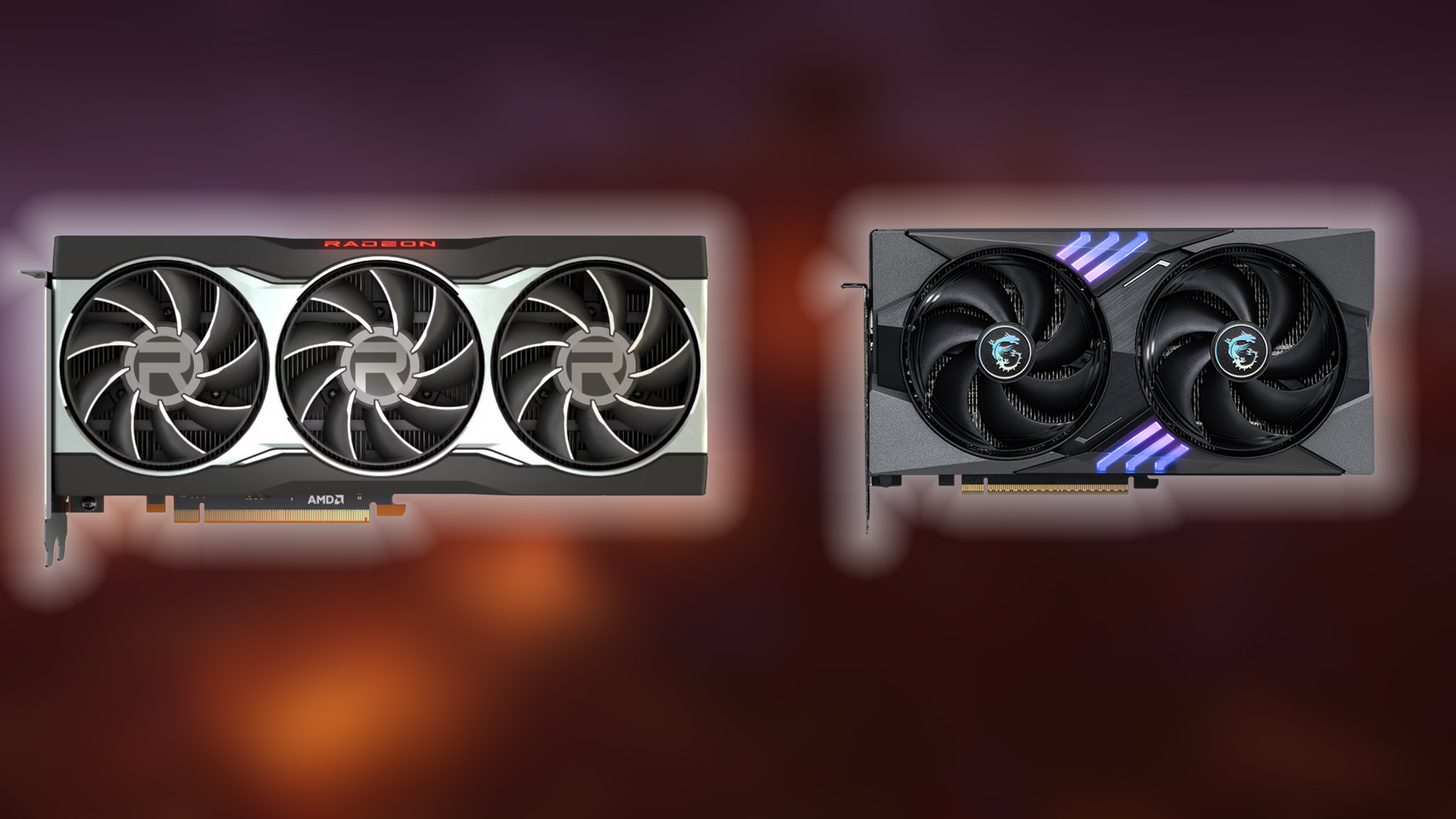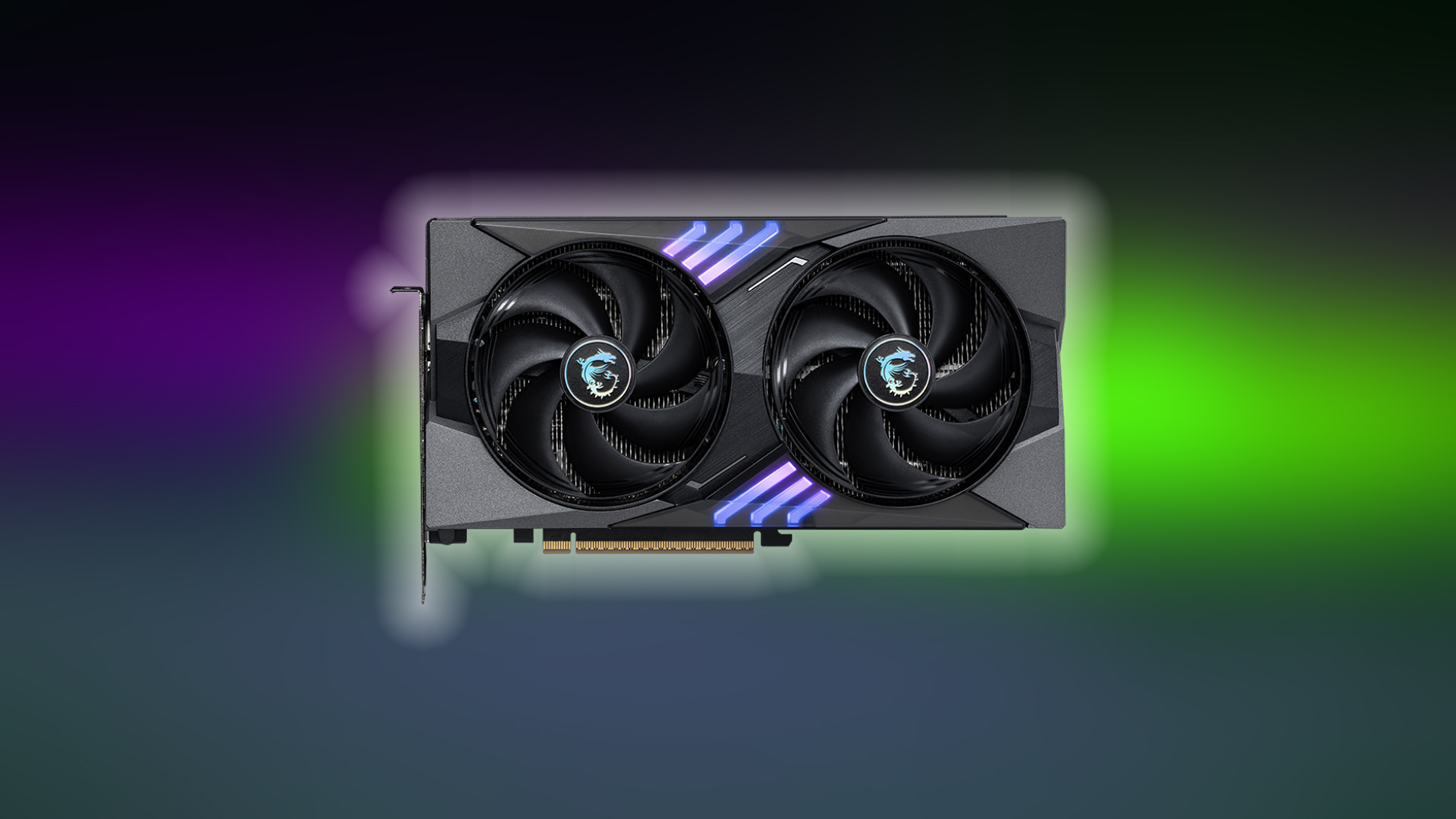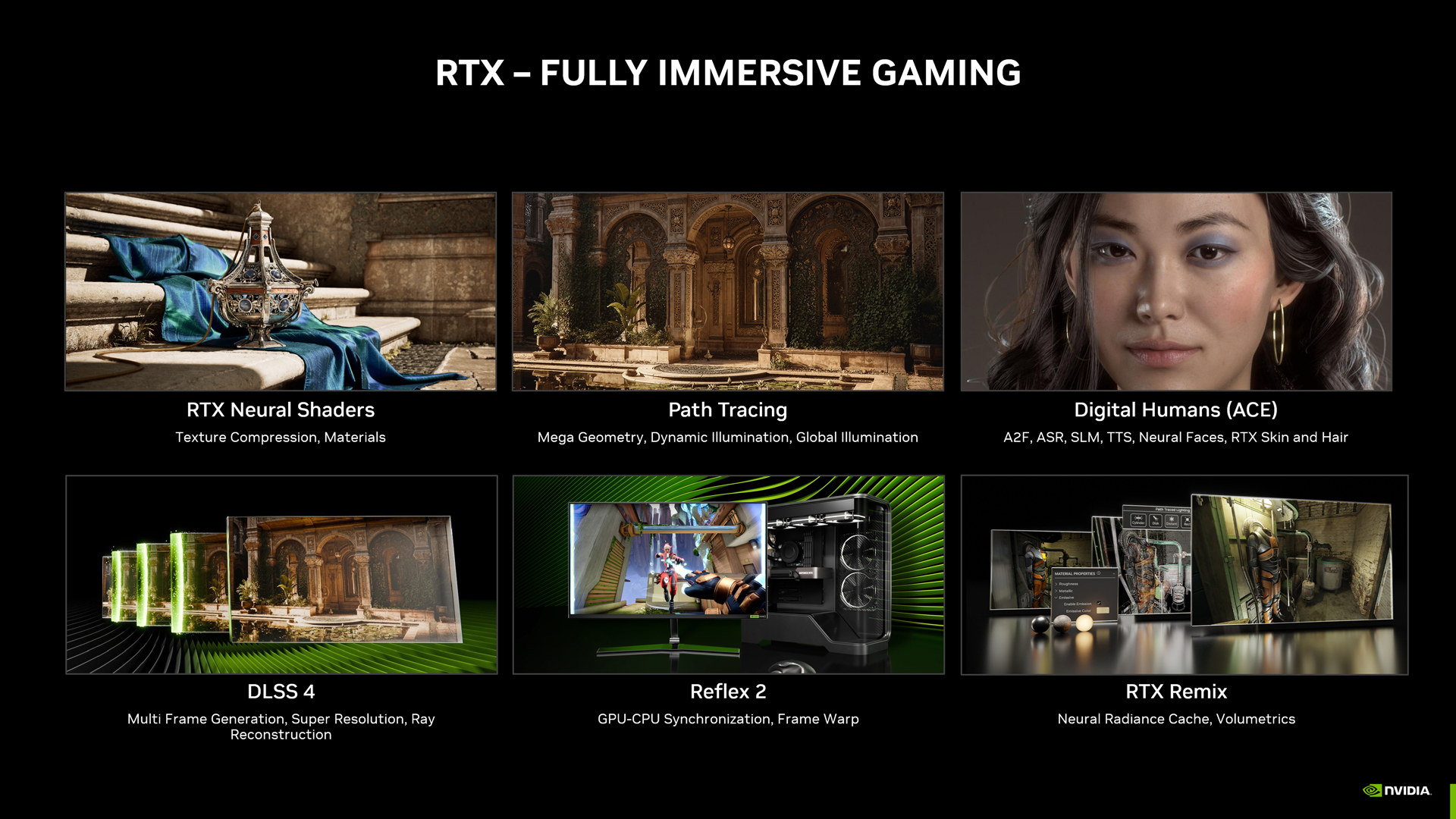This article compares the RTX 5060 Ti with the AMD RDNA 2 RX 6800 in terms of specifications, pricing, performance, and more.

The RTX 5060 Ti and RX 6800 deliver nearly identical raster performance, with less than a 5% gap in most titles. The RX 6800 pulls ahead on AMD-favored titles, such as Call of Duty games. In Nvidia-favored titles such as Cyberpunk 2077 and Kingdom Come: Deliverance, the 5060 Ti is ahead. Both of these GPUs offer 16GB of VRAM, but the RX 6800 benefits from a wider memory bus and greater bandwidth.
Whereas the 5060 Ti focuses more on AI features, such as DLSS 4 and ray tracing, as well as neural rendering, etc. This guide aims to help you choose the right GPU based on your platform, workload, and feature requirements.
Note: The insights provided are based on cross-referenced data from multiple reputable sources, which offer an overall view of performance to help you make the correct choice.
RTX 5060 Ti vs RX 6800

Both GPUs have distinct architectures and handle their respective workloads in different ways. In terms of pure raster performance, both are within the margin of error. But when RT is considered, the 6800 falls way short of the 5060 Ti. The 3D Mark Timespy score of RX 6800 averages 16,466 points, whereas the 5060 Ti averages 15,389 points. Timespy is a raster-oriented industry-standard benchmark, perfect for painting a GPU’s performance.
Specs Comparison
| Feature | RTX 5060 Ti | RX 6800 |
| Architecture | Blackwell 2.0 (2025) | RDNA 2 (2020) |
| VRAM | 8GB / 16GB GDDR7 | 16GB GDDR6 |
| Memory Bus | 128-bit | 256-bit |
| Memory Bandwidth | ~448 GB/s (16GB) | ~512 GB/s |
| Boost Clock | ~2570 MHz | ~2105 MHz |
| FP32 Compute | ~24 TFLOPS | ~16.2 TFLOPS |
| TDP | 180W | 250W |
| MSRP | $379 (8GB) / $429 (16GB) | $579 |
Performance overview
Depending on game optimization, titles with an AMD advantage will likely pull ahead with RX 6800. In contrast, heavy RT-based titles, such as Cyberpunk, will see the 5060 Ti winning even in raster.
1080p Gaming
The 5060 Ti is marginally faster than the 6800 in raster performance, particularly in Nvidia-specific titles, but can pull ahead with DLSS enabled. The 16GB VRAM allows users to play on higher texture and shadow settings, while the 8GB model of the 5060 Ti makes little to no sense in 2025. While the RX 6800 is no longer available new, its used pricing offers outstanding performance per dollar.
1440p & 4K Gaming
Neither card has adequate compute power for native 1440p gaming. Gamers looking to play with either cards at 1440p or 4K resolution will require upscaling. DLSS 4 is significantly ahead of FSR 3.1. In terms of image quality, FSR 4 presents strong competition, but whether it will be backported is still unknown. The win again goes to the RTX 5060 Ti, from an overall perspective.
Power Efficiency
The 6800 offered significantly more performance per watt than Ampere cards when it launched in 2020; it was more efficient than Turing, as it utilized a better process node. However, in 2025, the power-to-performance offered by the 5060 Ti is impressive. With only 1 8-pin power connector and an estimated power consumption of less than 200W, the framerates it displays on the screen seriously attract a lot of people’s attention.
Price & Value
MSRP & Market Pricing:
- RTX 5060 Ti: $379 (8GB) / $429 (16GB)
- RX 6800: $579 (MSRP), often found for $300+ on the used market
When comparing the MSRP, the 5060 Ti 16GB is more affordable than the RX 6800 card. Currently, new RDNA 2 cards are unavailable on the market, but you can find one in the used market. Speaking of real-life pricing, the RX 6800 from the used market will easily catch your attention.
The 5060 Ti lands in a situation where only Nvidia-specific workloads, professional workloads, video encoding, streaming, and LLM support stand out. For gamers who prefer not to use the RT, the used RX 6800 makes the most sense.
Pros & Cons Summary

|
GPU |
Pros |
Cons |
|
RTX 5060 Ti |
|
|
|
RX 6800 |
|
|
Bottom Line: Which One Should You Buy?
As mentioned, the raw computing power of the RDNA 2 card and the 5060 Ti is neck and neck. This demonstrates the stagnation of GPU generations. AMD released the RDNA 2 card in 2020, while NVIDIA launched the 5060 Ti in 2025. Both cards support ray tracing and include DirectX 12 Ultimate features like mesh shading.
Suppose you are only interested in Nvidia features such as DLSS, RTX Dev Kit, Video editing, AI-related work, and improved encoders for video editing. In that case, the 5060 Ti is a clear winner. However, if you are on the Linux side of things and looking forward to running Bazzite, Steam Os, etc. RDNA 2 takes the cake.
Looking For More Related to Tech?
We provide the latest news and “How To’s” for Tech content. Meanwhile, you can check out the following articles related to PC GPUs, CPU and GPU comparisons, mobile phones, and more:
- 5 Best Air Coolers for CPUs in 2025
- ASUS TUF Gaming F16 Release Date, Specifications, Price, and More
- iPhone 16e vs iPhone SE (3rd Gen): Which One To Buy in 2025?
- Powerbeats Pro 2 vs AirPods Pro 2: Which One To Get in 2025
- RTX 5070 Ti vs. RTX 4070 Super: Specs, Price and More Compared
- Windows 11: How To Disable Lock Screen Widgets
 Reddit
Reddit
 Email
Email


